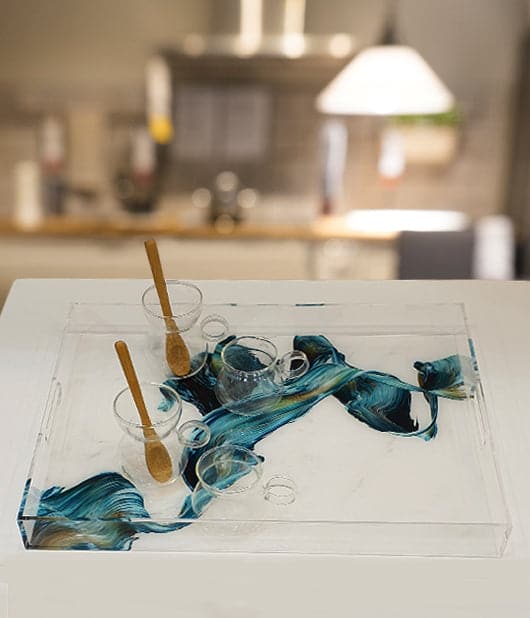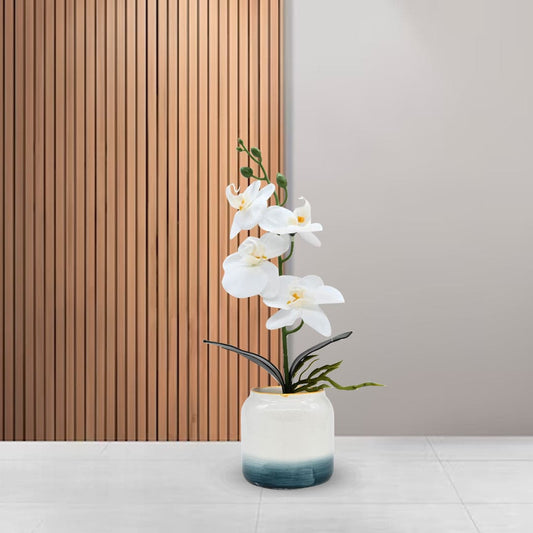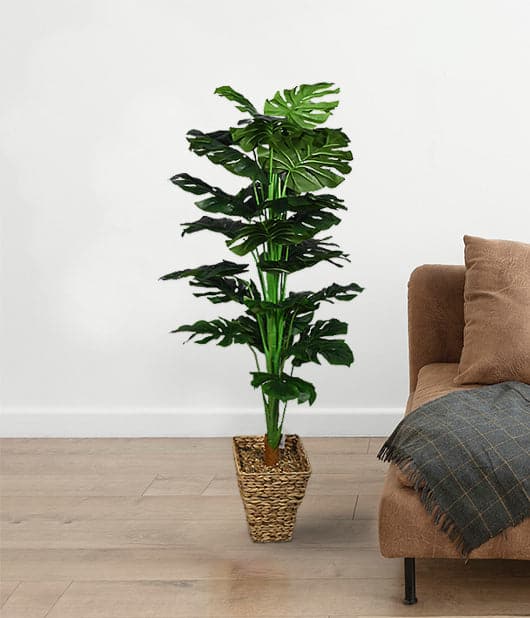The Art of Balance: Home Elegance’s Guide to Symmetrical and Asymmetrical Decor
Decorating a home is much like creating a masterpiece; it requires the right balance of elements to achieve a harmonious and visually appealing space. The choices between symmetrical and asymmetrical decor play a crucial role in achieving this balance. In this blog, we'll delve into the nuances of both approaches and explore how to integrate them to create a stunning and unique home environment.
In the world of interior design, achieving balance is the key to creating a visually pleasing and harmonious space. Two common approaches to achieving this balance are symmetrical and asymmetrical decor. Each method offers a distinct aesthetic appeal and can be used to enhance different aspects of your home's elegance.
SYMMETRICAL DECOR: FINDING EQUILIBRIUM
Embracing Mirrored Elements:
Symmetrical decor revolves around creating a mirror-image effect. This involves placing identical or nearly identical elements on either side of a central point. For instance, flanking a fireplace with matching armchairs and end tables exudes a sense of classic elegance. Symmetry is often associated with formality and order, making it suitable for spaces where a sense of balance and refinement is desired.
Achieving Formality with Layouts:
In interior design, symmetry can be a powerful tool for achieving a formal ambiance. Consider a dining room with a chandelier perfectly centered above the table, complemented by an equal number of chairs on each side. This arrangement not only creates an aesthetically pleasing setup but also encourages a sense of togetherness during meals.
Creating a Focal Point:
Symmetrical decor can be used to draw attention to a specific focal point. Placing twin bookcases on either side of a large window not only frames the view but also adds a touch of grandeur to the room. Symmetry directs the eye and establishes a sense of order that naturally guides people through space.
ASYMMETRICAL DECOR: EMBRACING CREATIVE FREEDOM
Cultivating Visual Interest:
Asymmetrical decor, on the other hand, thrives on the unexpected. It involves balancing elements of varying sizes, shapes, and visual weights to create a more dynamic and visually engaging space. This approach is perfect for those who appreciate a sense of spontaneity and creativity.
The Power of Imbalance:
Asymmetrical arrangements often have a more relaxed and informal feel. Picture a living room with an eclectic gallery wall featuring artworks of different sizes and frames. The asymmetry of the arrangement adds an element of intrigue and showcases your unique personality.
Balancing Colors and Textures:
Asymmetry allows for a playful mixing of colors and textures. You could pair a plush velvet sofa with a sleek metal coffee table and offset the combination with a bold, asymmetrical rug. This juxtaposition of elements creates an inviting and visually stimulating atmosphere.
STRIKING A HARMONIOUS BALANCE:
Whether you lean towards the orderliness of symmetrical decor or the creative freedom of asymmetry, achieving balance is essential. Combining both approaches can lead to captivating results. For instance, a symmetrical sofa arrangement in a living room could be paired with asymmetrical wall art, offering the best of both worlds.
CONCLUSION:
The art of balance in home decor is all about choosing the right elements and arrangements that resonate with your personal style. Symmetry brings a sense of elegance and formality, while asymmetry adds a touch of excitement and individuality. By understanding and harmonizing these two approaches, you can create a space that is not only aesthetically pleasing but also a reflection of your unique taste and personality.













3 Comments
“Home Elegance’s guide to balance in decor is a game-changer.
“I have always been a fan of symmetry, but your post has me eager to experiment with asymmetrical elements.Thanks for the inspiration!”